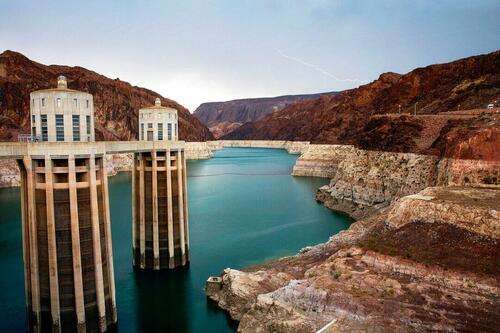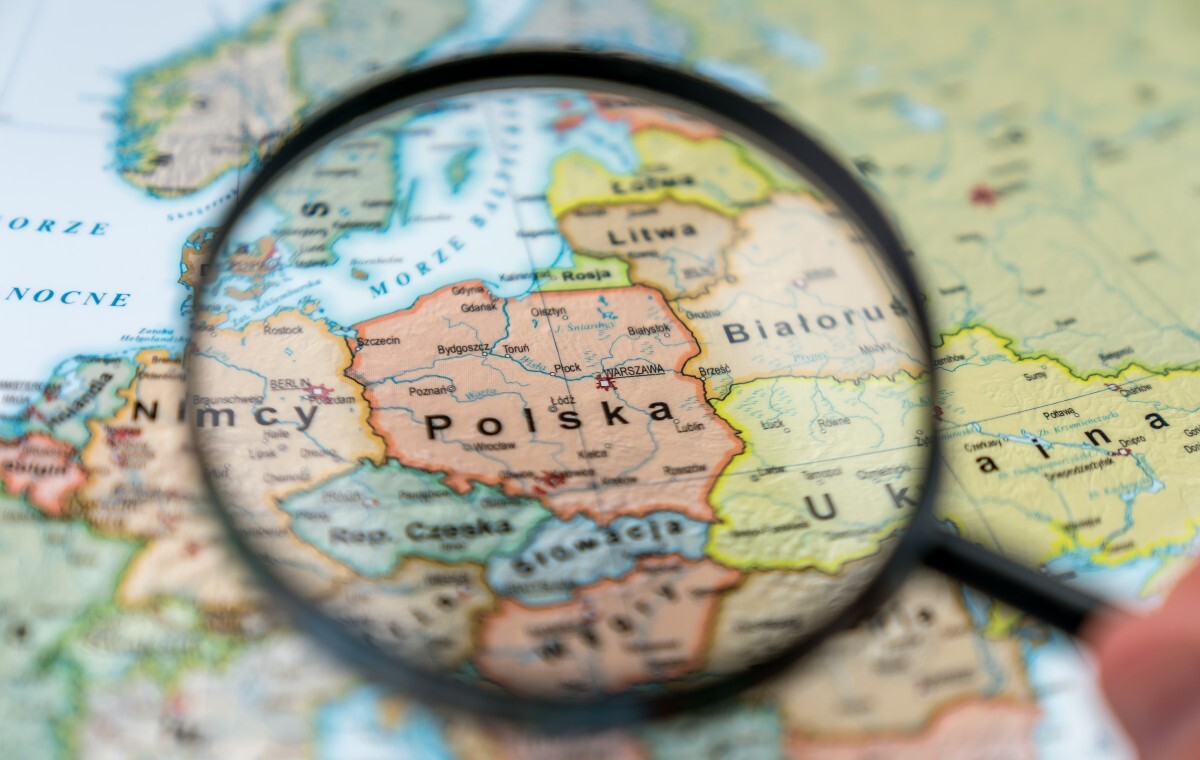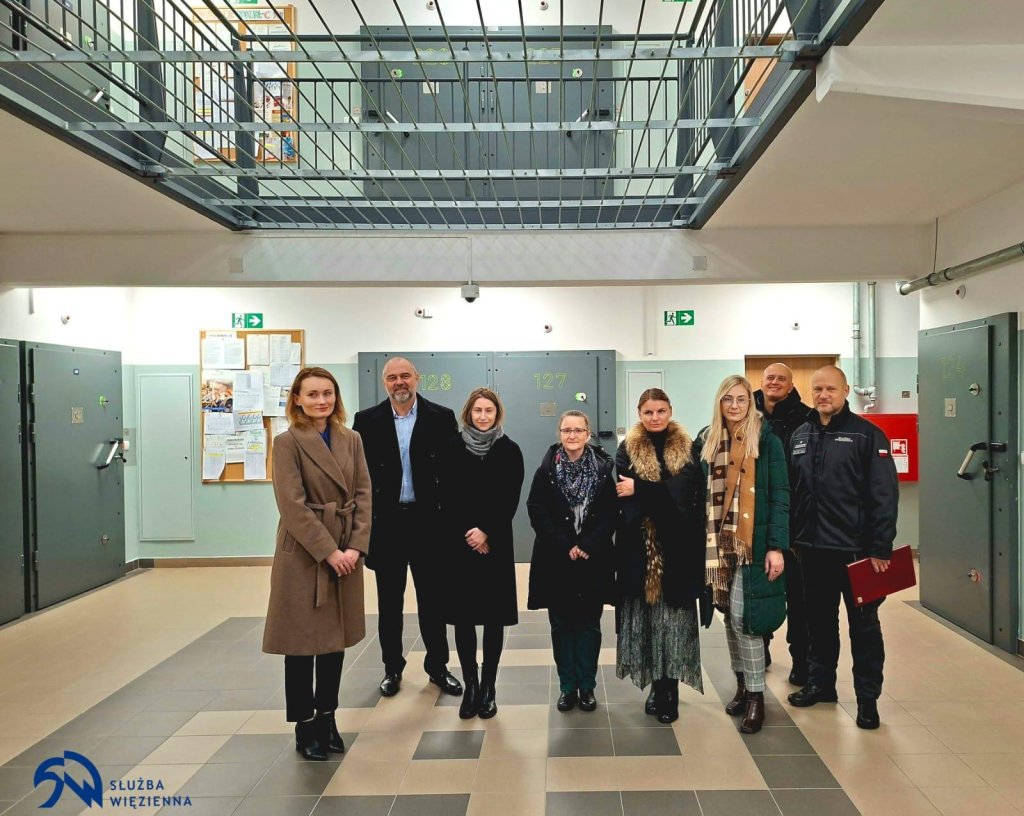
What To Know About Cloud Seeding
Authored by T.J.Muscaro via The Epoch Times,
Three weeks have passed since a massive rainstorm triggered catastrophic floods across the Texas Hill Country, killing at least 135 men, women, and children.
Amid the rescue and recovery efforts, some blamed the deadly floods on cloud seeding company Rainmaker Technology Corporation and its CEO Augustus Doricko, who received death threats after his company’s cloud seeding operation 130 miles from the flood area on July 2 caught the attention of the public.
Cloud seeding is the act of making existing cumulus clouds rain over a particular area that would not have done so otherwise. It doesn’t add moisture to the atmosphere.

Doricko’s company conducted scheduled cloud seeding operations in Karnes County, southeast of where the storm hit, and both he and state authorities have explained that those activities had no effect on the flood.
However, persistent voices, along with the occurrence of other catastrophic flooding events in North Carolina and New Mexico, continue to push cloud seeding and weather modification methods into the spotlight.
“The floods in Texas are a tragedy … More than anything, we ought to be concerned with taking care of them [the victims],” Doricko told The Epoch Times. “But insofar as people who did think we were responsible, or did have questions about our operations, I’ve welcomed the chance to educate people.”
What Is Cloud Seeding?
Cloud seeding does not create clouds. Rather, it involves flying a plane or a drone into naturally forming clouds and releasing small amounts of silver iodide and table salt inside them.
Those added particles pull the water vapor out of the clouds, resulting in forced precipitation—either rain or snow.
“Silver iodide is a favored seeding agent because its crystalline structure is nearly identical to the natural ice crystal,” the Texas Department of Licensing and Regulation (TDLR) states on its website. “When placed in the upper portion of the growing convective cloud rich with supercooled droplets, the silver iodide crystal can grow rapidly by tapping that vast field of available moisture.
“In a matter of moments, the ice crystal is transformed into a large raindrop which is heavy enough to fall through the cloud mass as a rain shaft,” the department added.
Under state law, the TDLR is responsible for regulating the use of cloud seeding through a licensing and permitting procedure, and is also charged with promoting its development and demonstration through research.
The technology debuted roughly 80 years ago, with the first tests being conducted to increase the snow pack in New York in 1945. Since then, it has been used in various states to increase snowpacks, as well as provide some relief for farmland in times of drought, and replenish aquifers.
In Rainmaker’s case, the team conducted a 19-minute flight on July 2 to seed two clouds on behalf of the South Texas Weather Modification Association, to increase aquifer levels. The association, a nonprofit covering 10 counties and based out of Pleasanton, Texas, is funded by local water districts and county commissions.
The two seeded clouds “persisted for about two hours after seeding before dissipating” between 3 p.m. and 4 p.m. CDT, Doricko wrote in a July 5 post on X.
“Natural clouds typically have lifespans of 30 minutes to a few hours at most, with even the most persistent storm systems rarely maintaining the same cloud structure for more than 12–18 hours,” he said.
Doricko told The Epoch Times that, in many cases, cloud seeding is the only logical option to solve water needs across the western interior as well as coastal areas, despite attempts to use sea water through desalination.
“The vast majority of water that traverses the troposphere in the United States just gets recycled by the ocean and doesn’t precipitate over it,” Doricko said. “So we can just take a small percent more of that water right above our heads and radically change the water supply in the American West.”
Where Does Cloud Seeding Happen and When?
Doricko told The Epoch Times that his company also conducts cloud seeding operations in Utah, southern California, Colorado, and Oregon.
In the state of Texas alone, there are multiple weather modification projects that have been ongoing for decades, covering tens of millions of acres, but all activity has been suspended since the floods.
Cloud seeding can be undertaken at various times of the year. Doricko’s company runs a seasonal operation in Utah from October to April, supplementing the snowpack in anticipation of the resulting runoff.
“That’s the season with the most cold clouds, so they’re the most opportunity for seeding occurs during that window, and then the snow that we produce acts as sort of a natural battery of water that melts off and then is dispersed into the rivers and the aquifers over the course of the dry season.”
Doricko pointed out that the operations have an interstate effect.
“If we make more snow in Colorado, that doesn’t just benefit Colorado, right. That also benefits Utah and New Mexico, and every other state in the Colorado River Basin,” he told The Epoch Times.
“So is it natural that there would be interstate collaboration and possibly federal collaboration and oversight into these things, because the water does affect everybody in the basin.
“And to some extent, we already see that where the lower basin states like California, Nevada, and Arizona fund cloud seeding operations in the upper region states because they’re beneficiaries of the snow pack there,” he added.
However, all cloud seeding operations require what he called “qualified suspension criteria.”
“If there is risk of flooding, if there is a severe thunderstorm, if the reservoirs are too full, then you have to suspend operations even when your customers want more water, for the sake of doing no harm,” Doricko said.
All cloud seeding in Texas, for example, has been suspended due to the heavy rains the state has received so far this July.
Cloud Seeding Reporting and Regulations
Doricko explained that most of the clients he has are government entities of some level, such as state-level departments of agriculture, or municipal public works.
“Water is a public good,” he said.
“There are farms and ecosystems and residential utilities and hydroelectric utilities and industries, all of whom demand water. And the water that comes from cloud seeding, it doesn’t come into pipes and go to one specific house; it precipitates over a watershed, and then that water runs off into the rivers and everybody draws it from the reservoirs or the aquifers. And so it’s natural that a lot of our customers are the government,” Doricko added.
Federal law requires cloud seeding operations to be reported at least 10 days in advance to the National Oceanic and Atmospheric Administration (NOAA). However, NOAA does not have the authority to regulate it.
Separate regulations are also enforced at the state level. In Texas, for instance, potential cloud-seeders need to acquire a state weather modification license and permit.
“A person or organization wanting to engage in weather modification has to apply to TDLR and show that they have sufficient meteorological expertise and meet the financial security and other requirements,” the department told The Epoch Times in an email.
“Texas law allows licensees to conduct contracted operations under certain circumstances, but we don’t oversee the process of licensees awarding the contracts beyond making sure that the person conducting the weather modification meets the necessary requirements.”
In terms of providing detailed transparency on the executed operations, there are no requirements. Doricko suggested that more transparency should be required at the federal level so that more concrete data can be provided to the public on how effective cloud seeding is for the country.
Doricko hopes that more federal regulations are established in the near future, and with the regulations, more research.
Cloud Seeding Research, Side Effects, Cost
Research has continued on cloud seeding and its effects since the practice began in the late 1940s.
The Salt River Project (SRP) in Arizona, for example, told The Epoch Times that it recently completed a project researching the “feasibility of winter cloud seeding” in the state, based on computer models.
“SRP is not participating in any cloud seeding flights at this time and there are no plans in the near future,” a project spokesperson said in an email.
“Our water experts are currently analyzing the data, and at this time we don’t have any information to share as it relates to drought and agricultural support.”
Doricko said that the amount of silver iodide used in cloud seeding operations is small, and that using 50 grams of it will cause precipitation to disperse over hundreds of square kilometers.
Thus far, research has shown no negative side effects from the use of silver iodide.
The TDLR states on its website that, “No significant environmental impacts have been observed around cloud-seeding operations, including those projects that have been existent for 30-40 years,” and that the amount of silver detected in the rainwater samples collected equaled a concentration of one part in 10 billion.
“That concentration is well below the acceptable concentration of 50 micrograms per liter, as established by the U. S. Public Health Service,” the TDLR said on its website. ”Many areas where cloud seeding is practiced have much higher concentrations of silver in the soil than are found in rainfall from seeded clouds.
“Moreover, the concentration of iodine in iodized salt used on food is far above the concentration found in rainwater from a seeded cloud.”
Utah’s Division of Water Resources, which operates under the state’s Department of Natural Resources, says cloud seeding has been cost effective. The division said that it costs between $5 and $10 per acre-foot of additional water to increase its average precipitation of its snowpack by 5 to 15 percent.
Cloud seeding “doesn’t work just anywhere,” the division said. “The conditions have to be right. Luckily, Utah’s topography, climate and reservoirs make winter snowpack enhancement cost-effective.”
The practice has also proved financially beneficial in North Dakota, according to a 2019 study released by North Dakota State University’s Department of Agribusiness and Applied Economics. The study showed that cloud seeding operations of the North Dakota Cloud Modification Project increased precipitation for its farmland, but further benefited the agricultural industry when combined with efforts to suppress annual amounts of crop-destroying hail.
The university studied nine crops from 2008 to 2017 and found that cloud seeding yielded an annual benefit of $12.20 to $21.16 per planted acre while costing about $0.40 per planted acre.
“Rainfall enhancement at 10 percent and crop-hail per planted acre reduction of 45 percent yields estimated economic returns of more than $53 dollars for every $1 spent on the program,” the study noted.
When that rainfall enhancement is reduced to 5 percent, the return showed nearly $31 for every dollar spent.
Contrails and Geoengineering
Cloud seeding is different from condensation trails—also called contrails or chemtrails—and geo-engineering.
Doricko cited the Environmental Protection Agency’s (EPA) new webpage, which explains that contrails are a normal phenomenon of aircraft flying in cold air.
Geo-engineering, on the other hand, is a different matter. One kind is solar radiation modification, which involves putting reflective particles in the atmosphere to dim the sun’s rays and cool the Earth. Unlike contrails, it is something that Doricko said needs to be taken seriously.
“Dimming the sun like that is another real technology that we need to take very seriously,” he said. “It’s not cloud seeding. It does also happen in the atmosphere, but otherwise it’s not related to cloud seeding in any capacity.”
He said that while the small crystals used in cloud seeding are dropped back to earth after the clouds dissipate , and only affect one particular area for a short amount of time, these other particles stay in the atmosphere and have an immediate global effect.
“The people that are concerned about that happening are valid in their concern because that is a real technology that certain people are interested in deploying,” he said.
Change for Good
There are now moves in several states to ban, not just cloud seeding, but weather modification in general and to, at the very least, regain authority over the practice.
In May, Florida passed legislation banning all forms of weather modification within its borders, although it previously allowed cloud seeding, authorized through the state Department of Environmental Protection.
State Sen. Jay Collins said he voted in favor of the bill “to ensure we establish legal safeguards against unauthorized and unregulated attempts to alter the climate within the state.”
“This further protects public health sovereignty, and gives Floridians confidence that weather-modification activities cannot proceed without oversight,” Collins told The Epoch Times.
However, some lawmakers at the federal level, including Rep. Marjorie Taylor Greene (R-Ga.) want the practice banned outright.
“I want clean air, clean skies, clean rain water, clean ground water, and sunshine just like God created it,” she wrote in a post on X on July 5. “No person, company, entity, or government should ever be allowed to modify our weather by any means possible!!”
Still, Doricko is determined to push for more understanding, acceptance, and utilization of cloud seeding across the country. He sees harvesting the precipitation naturally lost to the ocean, not only as a means to eliminate drought and drying rivers, but to even green deserts and increase the amount of farmable landscape in the United States.
“The California Central Valley used to be nothing but desert and swamp, and we engineered canals and pumps and pipelines to move water around to supply those farms, and now it’s one of the most productive, productive agricultural regions in the world,” he said.
“I would say that on my deathbed, what I [want to] look back on having done for my children is extending the Great Plains from Texas through West Texas, New Mexico, Arizona, and California—that all of that land is lush and green.”
Tyler Durden
Mon, 07/28/2025 – 06:30















![Antyrządowa demonstracja w Budapeszcie. Na czele główny rywal Viktora Orbana [ZDJĘCIA]](https://cdn.wiadomosci.onet.pl/1/Puik9lGaHR0cHM6Ly9vY2RuLmV1L3B1bHNjbXMvTURBXy84YWJkMWRjZi0yZWY1LTRmNTktOGMzMS01NDZjNDU3OGI2OTYuanBlZ5KVAwDNAd3NFO_NC8eTBc0JYM0GQN4AAqEwB6ExBA)
